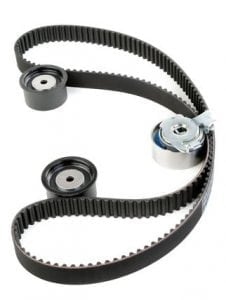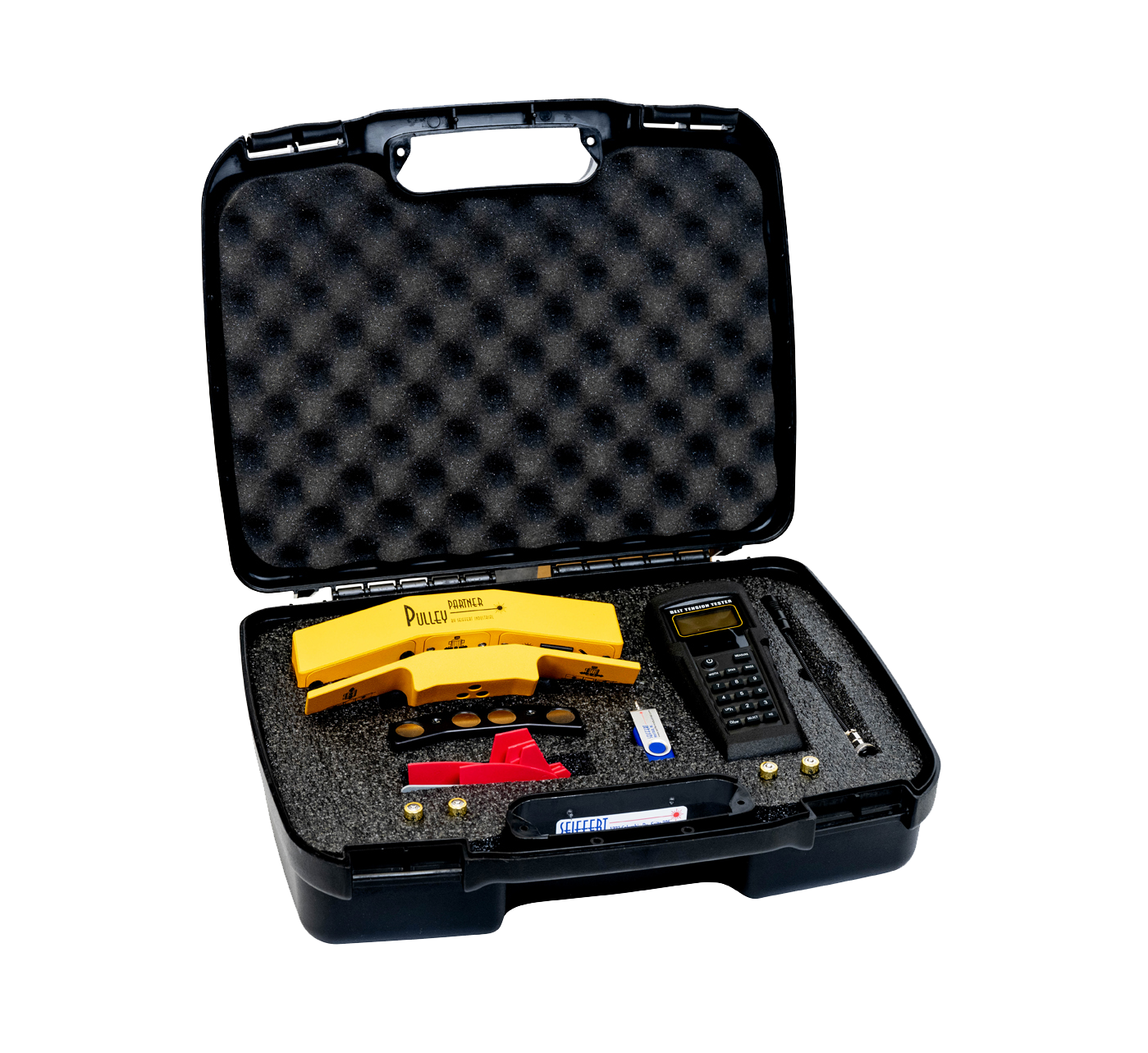 The use of belts or chains to drive industrial equipment is common in nearly every industry.
The use of belts or chains to drive industrial equipment is common in nearly every industry.
Countless pieces of equipment of all sizes are operated using one of these drive technologies. Avoiding drive belt elongation is essential with any belt or chain driven equipment.
The use of pulleys and belts or chains and sprockets to transfer power has been around for many years.
This drive system is used in everything from automobiles to printing presses. One concern that requires constant attention is elongation of the belts or chains.
Drive Belt Elongation occurs normally as the belt or chain is used and begins to stretch as it ages.
Belts or chains that are over-tensioned may become elongated faster than usual though.
Routinely inspecting belts and chains for proper tension is essential in order to avoid failure of the belt or chain, as well as to prevent other avoidable maintenance costs.
- Drive belt or chain failure will often result in expensive equipment downtime.
Chains or belts that have become elongated result in reduced drive efficiency.
In fact, drive efficiency may be reduced by up to 10 percent due to elongation of a drive belt or chain.
This inefficiency costs businesses money even without accounting for other preventable damage to equipment.
While elongation may not be avoidable, there are options for addressing the problem. Routine inspections provide an opportunity to manually adjust the belt or chain tension. Another option is to install automatic tensioners on chain and belt drive systems.
An automatic tensioner will help to maintain proper belt or chain tension even as normal elongation occurs.
Seiffert Industrial provides tension meters and precision alignment systems to businesses all over the world. No matter what industry you serve, we have the tools you need to succeed.

